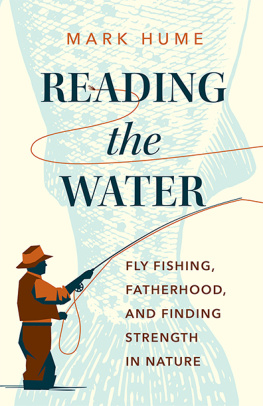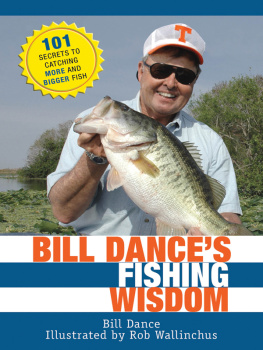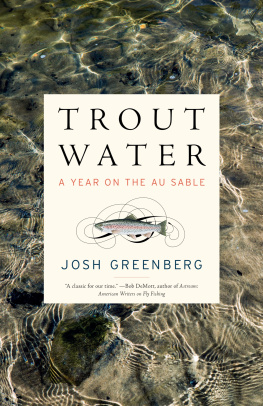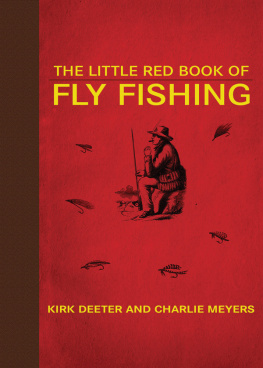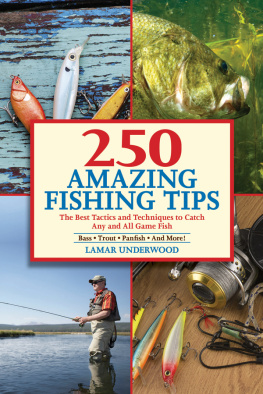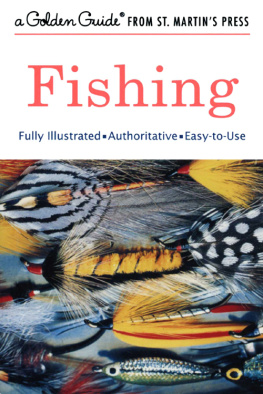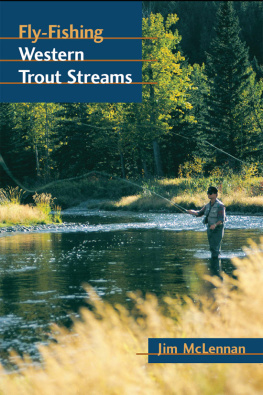
This book is dedicated to Maggie, Emma, and Claire, who traveled with me, and it is offered in memory of Father Charles Brandt and Van Egan, friends who once walked the streams I walked, searching for the fish I sought.
With special thanks to editor Paula Ayer and publisher Rob Sanders, both at Greystone Books, whose faith in me made this possible.
Contents
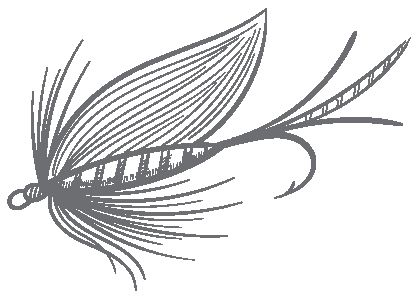
Introduction
TROUT AND SALMON USE a calibration of light, magnetism, and the scent of water to find their way home. People use memories and dreams. Both get lost sometimes.
Looking back on the map of my life I see the waypoints clearly enough, none more vivid or transformational than the experience of becoming a father. When I first gazed into the faces of my daughters, moments after each was born, I saw pale, liquid blue eyes struggling to focus and find their place in the world. I knew that helping them find their footing, their path through the forest, would be my struggle too. I wasnt sure how to guide them but felt somehow the knowledge would come naturally, and that it would involve bestowing on them the blessing of water and of fish.
My bond with fishing began when, at seven years old, I went seeking the source of a small mountain stream, where I found a trout that seemed to have always been waiting for me. From that point I never stopped searching in water, not just for hidden fish but for answers, for emotional renewal and strength.
Over the years I evolved from catching trout with my hands to using a bobber and worm, and from there went on to the slightly more involved method of casting flashing, bright lures on a spinning rod. Then inextricably, I was drawn to the complexity of fly fishing, to its intricacies, rituals, and poetry. As a boy I did not have anyone to show me how it was done. So I read books, and when I encountered fly fishers on the water I would stand back, watching from a distance as they threw long, sinuous lines arcing through the air. Once I saw that graceful form of casting, I knew I had to do it too. I felt compelled to understand the mystery.
I soon learned that fly fishing is more than just a pastime; it is a place of solace, a way of learning and of teaching. Done right, fly fishing is a meditation; a way of questing after truths in natureand in yourself.
When I became a father I knew I would guide Emma and Claire along riverbanks, show them how to wade on rocks worn smooth by fluvial erosion, teach them how to read the water and how to cast with elegance. Those lessons on technique would be relatively easy to give, but I didnt know if a love of fishing, which had fallen to me as a kind of natural inheritance, could be taught. I thought it important to try, however, because fly fishing for me had become a way of navigating life, and I wanted that for them too. Through an absorbing involvement in nature, fly fishing fosters resilience and inner strength. It can help make a person whole. I felt my daughters should know that, though I wasnt aware at the beginning of our journey together how much teaching them to fish would help me; how I would draw strength from them too.
____________
FLY FISHING IS AN INTENSELY observational way of experiencing the world, and in that sense it is a spiritual experience. Its adherents often describe it as being more of a religion than a sport, and perhaps it is, for there is a profound, ancient human connection between water, fish, and faith. The ichthustwo intersecting arcs that form a depiction of a fishis one of the earliest symbols of Christianity. And baptism, the sacrament of admission to the Christian church, the path to salvation, is achieved through immersion in water. In Shintoism the purification ritual before entering a shrine includes bathing your hands and cleansing your mouth with water, and similar practices are followed in Islam, Judaism, and Sikhism. Many Indigenous cultures in North America recognize the mystical power of water by using it in ceremonies related to puberty, marriage, birth, and death. And in Taoism water is a metaphor for life, in which we are seen as being like rivers flowing irresistibly to something larger. So in almost all major religions there is a powerful connection to water, a liquid that erodes and is absorbed, that penetrates rock and forms human bones, that falls from the heavens, rises from the earthand is the domain of fish, creatures which to me hold infinite fascination. To know the fish, you must catch the fish, and to catch the fish, you must know the water. Those who fish wade in rivers, ponder the depths of lakes, and drift with ocean tides. In the process of searching, they develop a reverence for the virtues of nature; they reawaken in themselves an awareness of what it means to fit in to the universe.
Fly fishing taught me how to move purposefully on trout streams and steelhead rivers, on creeks and ponds where bass and pike lay hidden in the shadows. I slipped into a state of grace carrying a fly rod, and I came to appreciate that there is something wonderful, magical, revelatory, about drawing fish into the light. I wanted my daughters to see that with the wave of a fly rod they could make the invisible visible, divining creatures of astonishing beauty into existence.
A wild trout is as bright as a wildflower, and holding one is a remarkable experience. At that moment nothing else exists, and I felt Emma and Claire needed to encounter that, to understand that enduring beauty could be found in nature, even as the world they were inheriting, and I was leaving, seemed to be unraveling around them.
In my short lifetime I have seen great rivers dammed, entire forests clearcut, species pushed to the verge of extinction, and the planets climate compromised to the point it has become threatening. And yet, there on the water, reaching down to touch a cold-blooded fish, I have always found hope. As my daughters awakened and began to see the Earth changing, I knew they would need that kind of connection to nature if they were going to have faith that the planet could be savedand restored.
When I began fishing I was often alone on the water. But as soon as my daughters were old enough to learn they began going with me. At first they just took turns holding my rod as I rowed slowly around a lake. Emma, serious and determined, always wanted a turn at the oars so she could control the boat, while Claire, joyful and contemplative, was content hanging over the side to gently crease the water with her fingertips. Sometimes they would perch together at the bow, looking down at the reflection of the sky, their arms outstretched as if they were flying, and urging me to row faster. As they grew older I taught them casting techniques, how to tie blood knots, and which flies to select. I taught them how to study currents to understand where a trout might lie in a stream.

